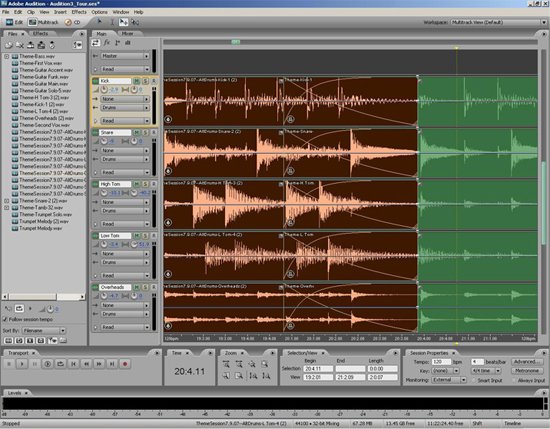

This causes the system to start recording over existing audio…yes, that IS a problem.ģ. The playback function returns the cursor to where it started. Overcome this by forcing Sound Forge to seek to a specific point in theĢ. Offers it for the preview function when opening a file. Sound Forge does not have preroll built in.Īudition 3.0 has a built-in preroll setting, where Sound Forge only Ran into a few issues that Sound Forge presented with its interface.ġ. So armed with his Audition script, I started plugging away at a Soundįorge 10 script to make punch and roll possible. You can punch in to a section, you can punch in andĬontinue to roll … but not as you describe.â€Īdam had done he used AutoHotKey to do automation that wasn’t available in Audition itself. I got a simple and succinct answer: "No punch and

He co-wrote one of my favorite voice over books, The Voice Artists Guide to Recording at Home and on the Road Since my weapon of choice is Sony Sound Forge 10, I thought I would inquire with one of the masters of the product, Jeffery P. In my first reading of the article, I thought Adam was speaking of ( Click here for that article.)ĪutoHotKey is a very powerful scripting tool that can takeĬontrol of applications, your desktop, anything, and automating tasks.
#Punch hero recording adobe audition cc how to#
While researching the issue, I found an article on the indispensable VoiceOverXtra by Adam Verner outlining how to do this for Adobe Audition using the free AutoHotKey toolįor Windows. This eliminates the need for post production editing of the type So they can hear where they were, and start reading again immediatelyĪfter that. Want to pick up, automatically delete the error, roll back a few seconds To be a common function in any of the next tier down DAWs that are
#Punch hero recording adobe audition cc pro#
Is a method that is more easily found in Pro Tools, but doesn’t appear

My friend Corey Snow,Īn experienced audiobook narrator, was working on a way to use what isĬalled the "punch and roll †method with Adobe Audition. Immediately before it, and smooth out the transition between theĪfter all of this work, I thought I would look into a better way of doing it. Scroll and scrub through, I see the mistakes, delete the area That I could find more easily while scrolling through the file.Ĭan see in the graphic below, there are sharp peaks in the waveform. Used the "finger snap†method of marking out my errors any time I madeĪ mistake, I would snap my fingers near the microphone in order to Without doubt the editing of each chapter. Having recently completed two audiobooks, I found that the most tedious portion of the process was


 0 kommentar(er)
0 kommentar(er)
